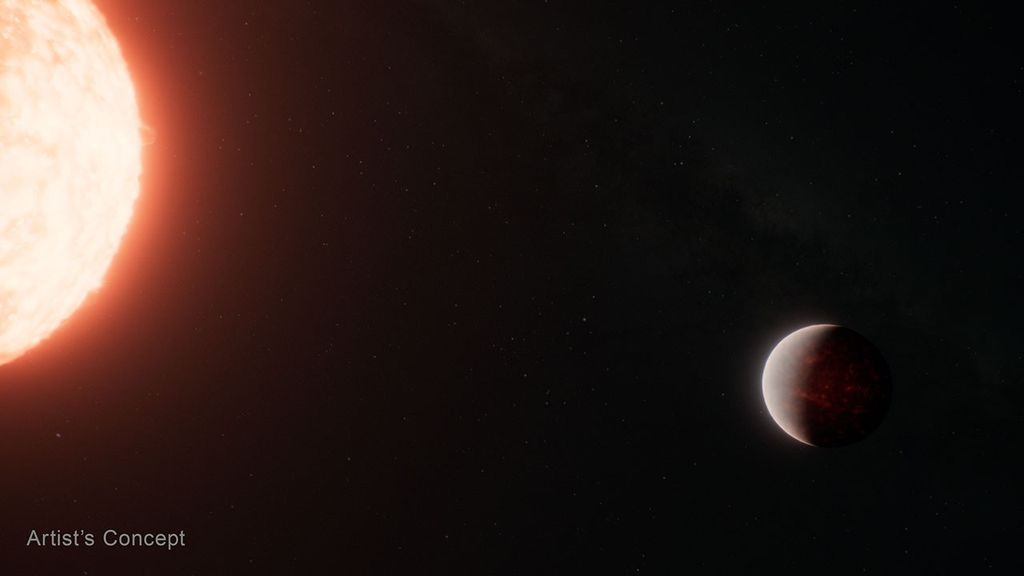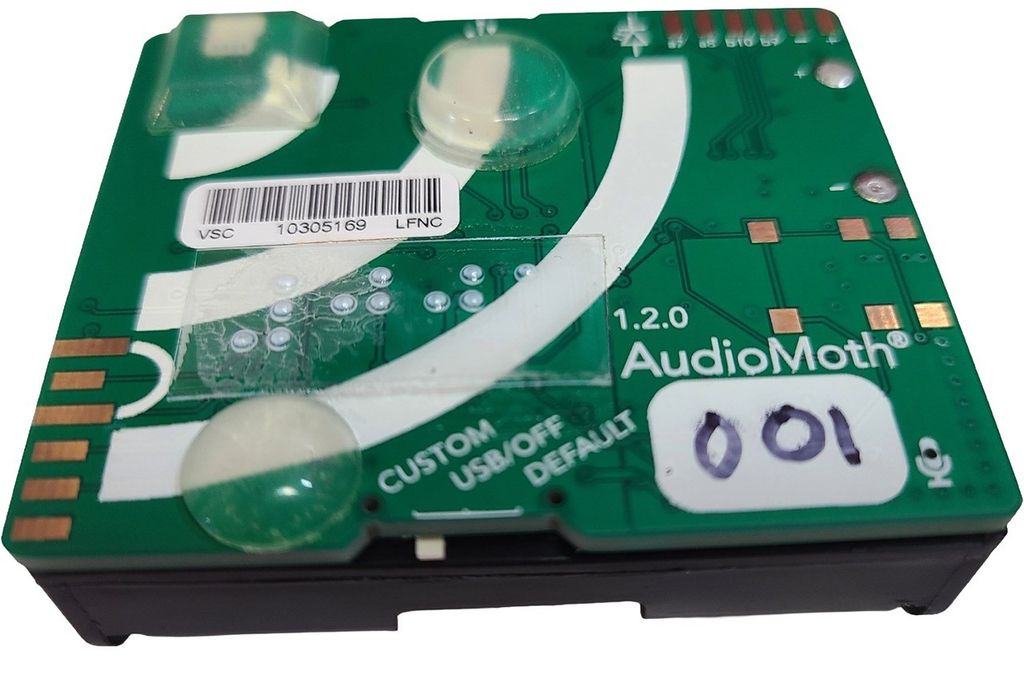Three crew members from the International Space Station returned to Earth Monday after 166 days in space, during which they made 2,656 orbits around the planet and traveled almost 70.5 million miles
Expedition 38 crew members Michael Hopkins of NASA, and Oleg Kotov and Sergey Ryazanskiy of the Russian Federal Space Agency (Roscosmos) touched down southeast of the remote town of Dzhezkazgan, Kazakhstan, at about 11:24 p.m. EDT (9:24 a.m., March 11, in Dzhezkazgan).
During Expedition 38, the crew members participated in a variety of research, including protein crystal growth studies and biological studies of plant seedling growth to technology demonstrations that are helping to improve our understanding of how liquid moves in microgravity. They conducted student experiments that observed celestial events in space. One of several key research focus areas during Expedition 38 was human health management for long duration space travel, as NASA and Roscosmos prepare for two crew members to spend one year aboard the space station in 2015.
During their time aboard the orbiting laboratory, the three men were there to welcome three visiting cargo spacecraft. Two Russian Progress crafts docked to the station, bringing tons of supplies. In January, Orbital Sciences Corp.’s Cygnus spacecraft loaded with cargo and experiments flew to the space station as part of the Orbital-1 cargo resupply mission. This was the company’s first of at least eight cargo delivery flights through 2016 to the station under NASA’s Commercial Resupply Services contract.
Kotov, Ryazanskiy and Hopkins were on hand as Mastracchio, Mikhail Tyurin of Roscosmos and Koichi Wakata of the Japan Aerospace Exploration Agency arrived on Nov. 7, 2013, bearing the Olympic torch used to light the Olympic flame at Fisht Stadium in Sochi, Russia, which marked the start of the 2014 Winter Games in February.
Hopkins and fellow Expedition 38 NASA astronaut Rick Mastracchio ventured outside the confines of the space station during two spacewalks in December to replace a suspect ammonia pump that is part of the station’s equipment cooling system. On the Russian side, Kotov and Ryazanskiy conducted three spacewalks. The first trip outside was to install and replace experiments and hardware attached to the exterior of the Russian segment and display the Olympic torch. The other two walks were to install a pair of cameras on the hull of the station’s Zvezda Service Module that are part of a Canadian commercial endeavor with Roscosmos designed to downlink Earth-observation imagery to Internet-based subscribers.
Hopkins, who is a life-long enthusiast of exercise and weight training, participated last month with four fitness professionals and athletes in a Google+ Hangout from space where the astronaut discussed the importance of exercise in a weightless environment. He demonstrated one of the many pieces of fitness equipment aboard the station that crew use during their daily 2-hour workouts.
The space station is more than a scientific research platform. It also serves as a test bed for technology demonstrations. During the past several months, the Expedition 38 crew members used the Synchronized Position Hold, Engage, Reorient, Experimental Satellites (SPHERES) for a number of investigations. These included demonstrating and testing techniques related to micro electromagnetic formation flight and wireless inductive power transfer; examining how liquids move around inside containers in microgravity, which affects computer simulations of liquid rocket fuel behavior and increases the safety and efficiency of future rockets; and demonstrating and testing enhanced technologies and techniques related to visual inspection and navigation. The crew members helped launch several miniature satellites, referred to as CubeSats, from the Japanese Experiment module. CubeSats are testing technologies ranging from Earth observation to smartphone technology to satellite attitude control in affordable small satellites that are within reach of most universities and even high- and middle- school students.
Ryazanskiy, Kotov and Hopkins also we aboard the orbital outpost when the Obama Administration announced in January NASA planned to extend the operational life of the International Space Station until at least 2024.
Hopkins and Ryazanskiy each now have 166 days in space after completing their first missions in space. Kotov now has spent 526 days in space on three flights.
Expedition 39 now is operating aboard the station. Koichi Wakata of the Japan Aerospace Exploration Agency, is in command of the orbiting laboratory. He is the first Japanese astronaut to hold this position. Wakata and his crewmates, Flight Engineers Mastracchio and Mikhail Tyurin of Roscosmos, will tend to the station as a three-person crew until the arrival in two weeks of three new crewmates: NASA astronaut Steve Swanson and Russian cosmonauts Alexander Skvortsov and Oleg Artemyev. Swanson, Skvortsov and Artemyev are scheduled to launch from Kazakhstan March 25.
For more information on the International Space Station and its crews, visit:
For video and other media resources, visit:
https://www.nasa.gov/stationnews
-end-
Joshua Buck
Headquarters, Washington
202-358-1100
jbuck@nasa.gov
Josh Byerly
Johnson Space Center, Houston
281-483-5111
josh.byerly@nasa.gov

























